Property market stands at crossroads
Despite challenges to developers and buyers brought about by new real-estate-related regulations, the housing market is still showing some bright spots.
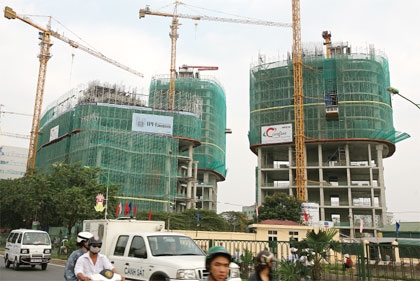 |
| Speculators are slowly being pushed out of the market, much to genuine buyers’ relief |
Hanoi’s land and housing market recently experienced increasing land prices around a series of important roads in the city, all of which had been completed and put into operation in October, such as the extended Le Van Luong, Thang Long Avenue and National Road 32.
In several areas, land prices grew by more than 10-15 per cent over last month. For example, land prices for an area facing Thang Long avenue and Le Trong Tan road, were VND90 million per square metre, whereas adjacent land in Van Phu and Van Khe has gone up to VND100 million per square metre on a similar road position.
There have also been positive signs in apartment segments, and a number of projects have attracted buyers. For example, all of the 100 units belonging to Ciputra L high-end apartments were sold out in several days.
Hundreds of buyers last week paid deposits to have the right to purchase units belonging to Vihajico’s Ecopark in Hung Yen province.
The recent launch of over 200 apartments at an average price of around VND22 million ($1,158) per square metre in Le Van Luong Residential Area developed by Nam Cuong Hanoi Group, also surprised those interested in property, as there were more than 400 registrations to purchase units and the group had to hold a draw to select customers.
Ninh Bac Financial, developer of the 300-unit FLC Landmark Tower on Le Duc Tho road, was confident enough to raise its lowest price for the rest of the 100 units belonging to the tower to VND28 million ($1,473) per square metre - VND3 million ($157) higher than its asking price during the previous launch.
Savills and CBRE’s Ho Chi Minh City property market reports showed that the number of apartments sold in the third quarter was higher than in previous quarters.
According to CBRE, with approximately 7,200 apartments for sale from 20 new projects, the third quarter of 2010 was considered to be strong compared not only to second quarter (3,200 units) and first quarter of 2010 (2,900 units), but also against the same period last year (3,500 units). The third quarter of 2010 also witnessed the highest number of apartments absorbed in the primary market, at approximately 4,400 units, equal to the total absorption over the first six months of this year.
Binh Duong, Dong Nai and Ba Ria-Vung Tau provinces were still considered as promised lands in the eyes of investors.
Particularly, the planned Long Thanh airport has enticed many investors to Dong Nai, and even Hanoians flocked to purchase products at many residential areas, such as Phu An, Tam Phuoc and Tan Van island, as well as the Quang Vinh apartment project.
Landplots in Binh Duong, Dong Nai and BaRia-Vung Tau province were drawing the attention of property investors, since these areas have great development potential, and properties in these areas have currently been offered at attractive prices and at low levels.
The future market - a big question
Nguyen Tai Tien, a Hanoi-based realty broker, said: “It is very difficult to predict the market’s future at this time.”
Tien said due to Decree 71, successful transactions in all of types of residences had been reduced over last year. However, Tien confirmed that the market could warm up, as people wanted invest into the property market due to skyrocketing prices of gold and foreign currencies, especially US dollars, in the domestic market, not to mention the dormancy of the stock market.
Ho Chi Minh City-based Dat Lanh Real Estate Company director Nguyen Van Duc said that given the unforeseen impacts of the fluctuating domestic financial market on the property market, it could be said with almost certainty that there would be no excitement by the end of the year.
Duc said that townhouse, villa and land plot sectors would be stable in the future, while there would be fierce competition in the apartment segments.
“High-end apartment supplies will far exceed demand. These apartments’ developers have offered their projects in other areas, even Hanoi; however, the selling rates are still very low. It’s sure that the segment will freeze up, and some developers will have to change their designs or business plans,” said Duc.
In fact, many nearly completed high-end apartments such as Kenton Residences have still not sold out. The recent launch of 30 units at Futaland’s New Pearl Residence in Ho Chi Minh City attracted hardly any investor attention.
Duc also predicted that the competition among developers of mid- and low-end apartments would be explored in early 2011.
“Soon there will be a mushrooming of mid- to low-end apartment projects offering units ranging from 60-70 square metres, being sold for around VND12-17 million ($631-$894) per square metre in the city.
Even Capital Land has set its sights on this segment, with plans to construct a 500-unit apartment project with affordable pricing. Huge apartment supplies, coming from projects that are all very similar, will cause fierce competition,” said Duc.
Phan Truong Son, director of HUD3, said that the biggest difference between Hanoi and Ho Chi Minh City property markets was that demand in Hanoi was always higher than supply. So far, no developers had given up their projects.
Son said that after the approval of the Hanoi masterplan, hundreds of residential projects would join in the market. Developers would hasten to break ground and launch their projects, as it would be their only chance to return to profits.
Under these circumstance, speculators were having difficulties joining the market. However, some developers would suffer bitter failures, said Son.
“The biggest concern for developers in the future is how their products’ prices will fare,” said Son.
Son said that realty products in Vietnam were not like other goods. If the products’ prices were reduced, buyers would not buy anymore.
“Even customers are end-users, they would still like to buy a residential unit whose value can rise in the future. A project with a reduced price will have a very difficult time attracting customers,” said Son.
Son said that townhouses, villas and landplots would continuously attract investors and home-buyers. However, developers of apartment projects in Hanoi would face fierce competition.
Major expected that Vietnam’s property market would continue developing at a moderate rate, with a few factors having positive impacts on the realty market. Bank interest rates, inflation and the growth of the middle class in Vietnam are key factors. These would all boost demand for mid-end apartments and landplots.
“In such a growing market with intense competition like Vietnam, the only way to differentiate a project is through quality. Therefore, we expect a dramatic improvement in terms of project quality, be it through construction standards or interior design,” said Guy Major, director of sales at Savills in Ho Chi Minh City.
Major also foresaw a trend toward real prices, as buyers would be the ones deciding the price of properties. “Though property prices are being increased due to the impacts of investors and speculators, it is expected that when the market becomes more mature, buyers will be the ones who lead market prices and trends,” said Major.
What the stars mean:
★ Poor ★ ★ Promising ★★★ Good ★★★★ Very good ★★★★★ Exceptional
 Tag:
Tag:
Related Contents
Latest News
More News
- Real estate players gather to create fresh connections and prepare for new cycle (March 11, 2025 | 15:00)
- TOD model essential for real estate (March 11, 2025 | 10:32)
- Real estate sector poised for transformative growth (March 10, 2025 | 17:36)
- Vingroup pushes to start construction of $11.3 billion Vinhomes Can Gio on April 30 (March 07, 2025 | 09:45)
- Ready-built business sees advances (March 06, 2025 | 15:12)
- International Workplace Group makes progress in Vietnam (March 06, 2025 | 13:59)
- Outlook bright for hospitality and real estate market (March 06, 2025 | 11:33)
- Townhouse rents fall in HCM City as demand declines (March 04, 2025 | 16:38)
- Real estate sees growth opportunities thanks to thriving retail sector (March 03, 2025 | 16:54)
- Tay Ho Tay: Hanoi's Grade A international office hub (March 03, 2025 | 08:00)




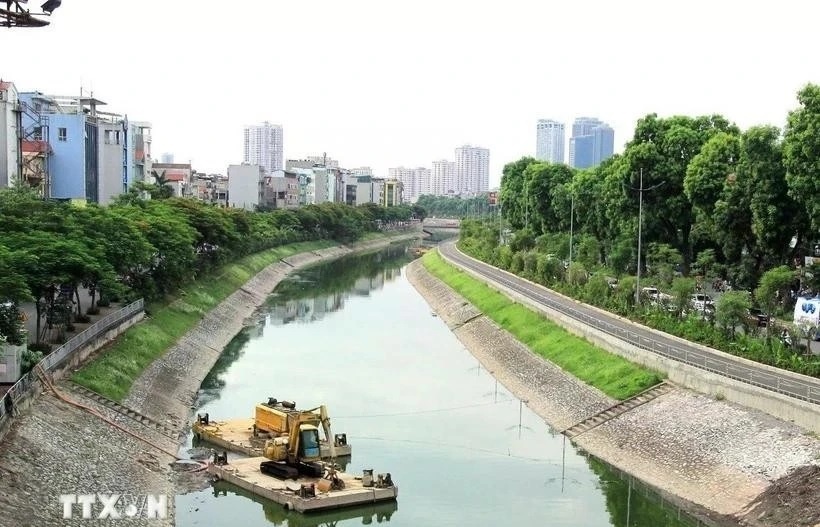
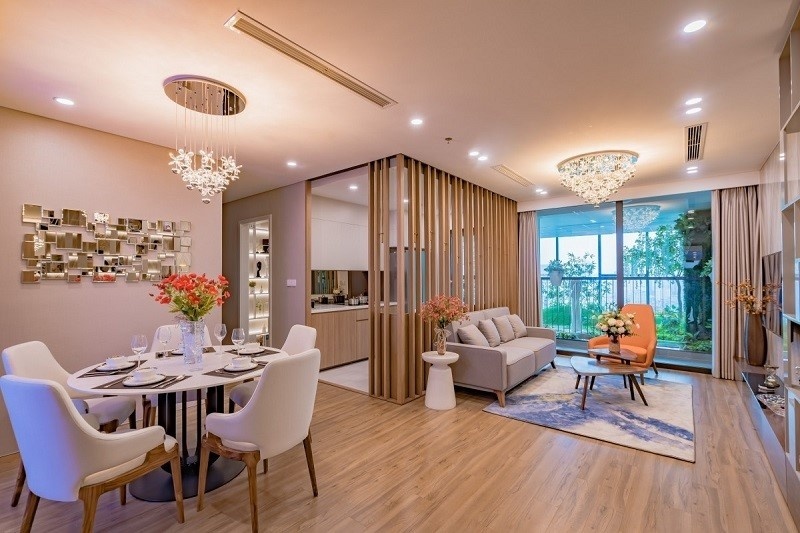
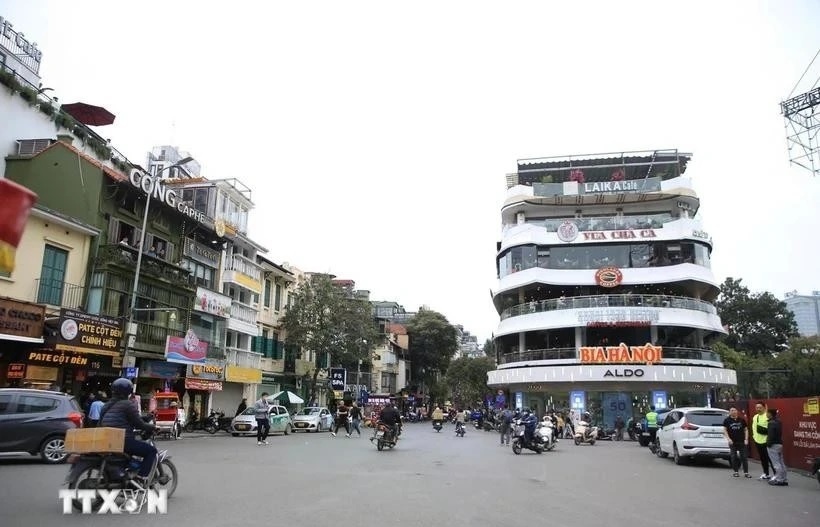
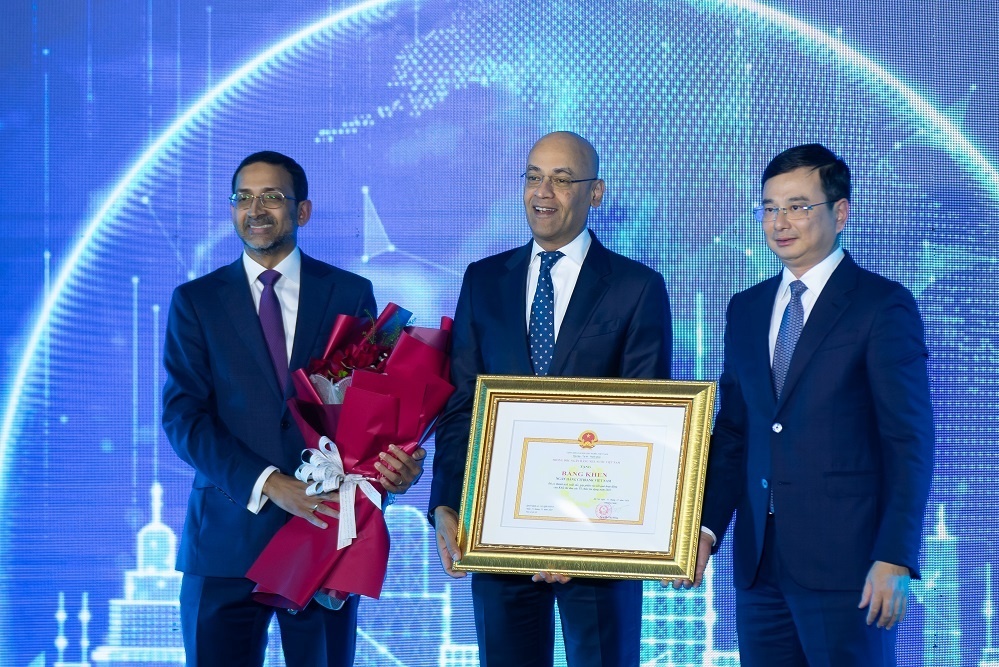
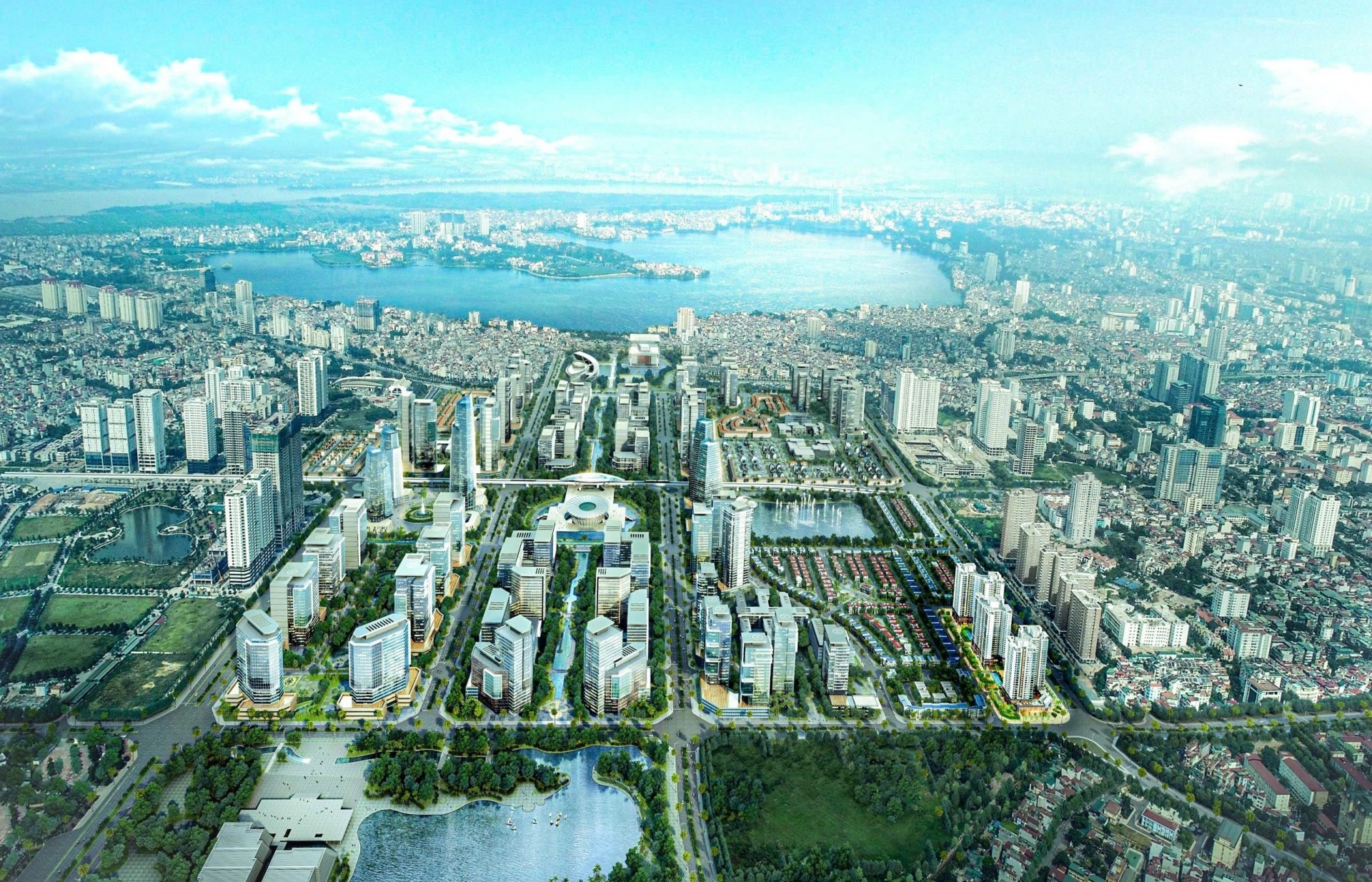
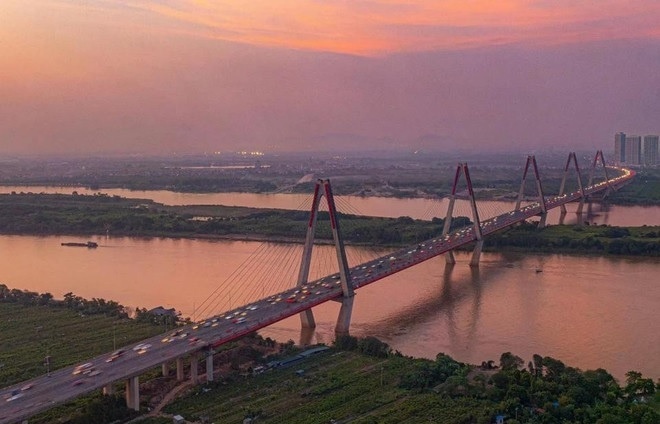

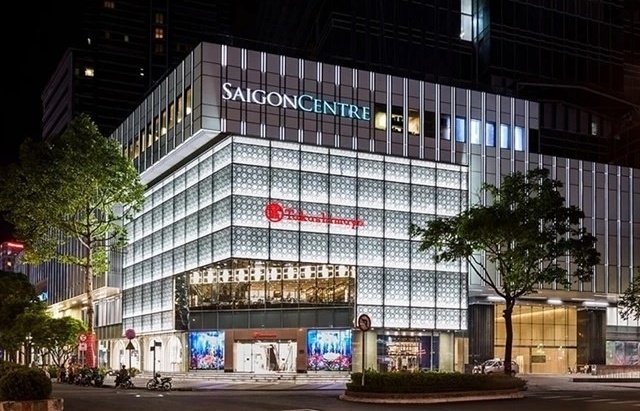
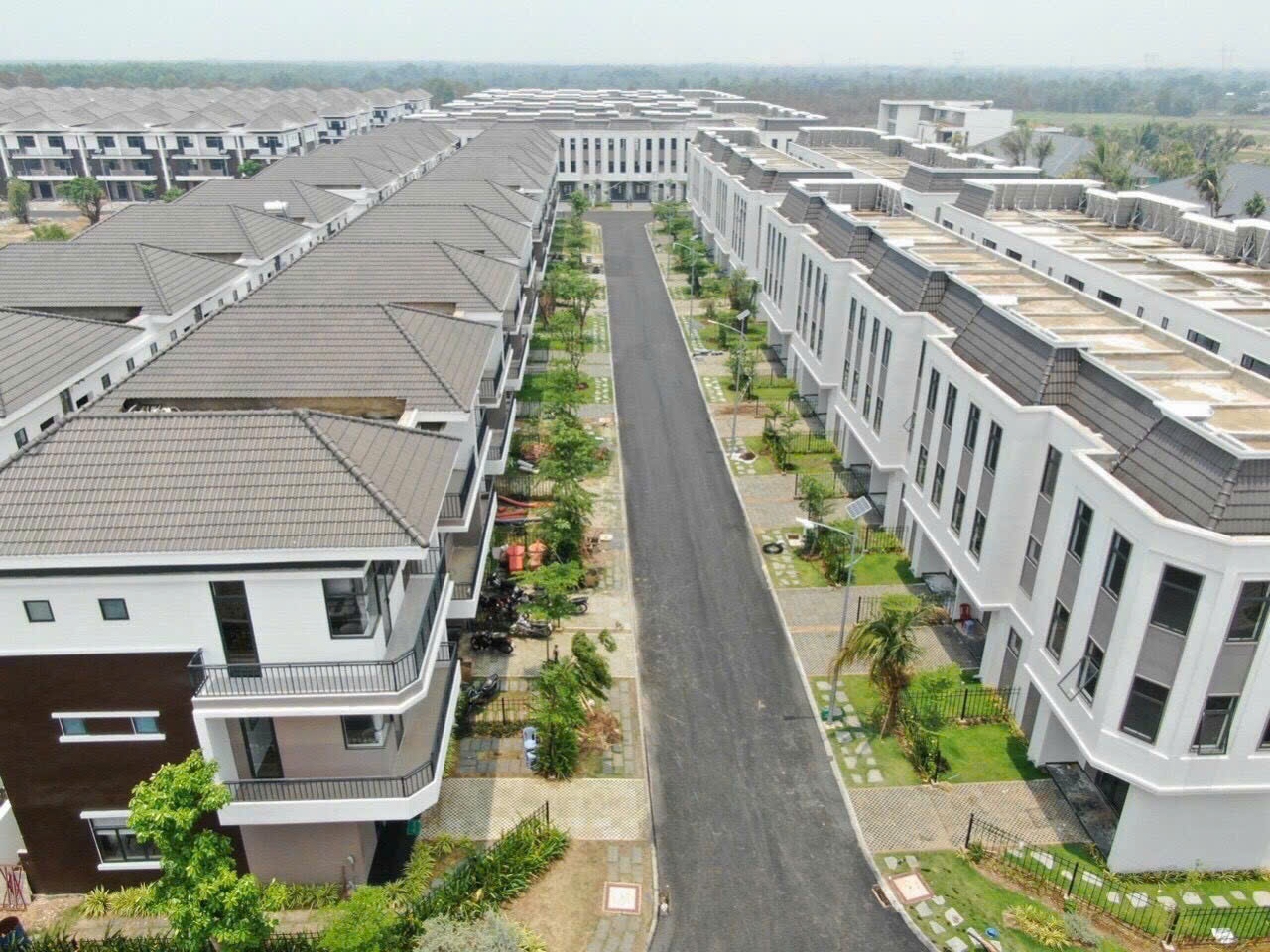
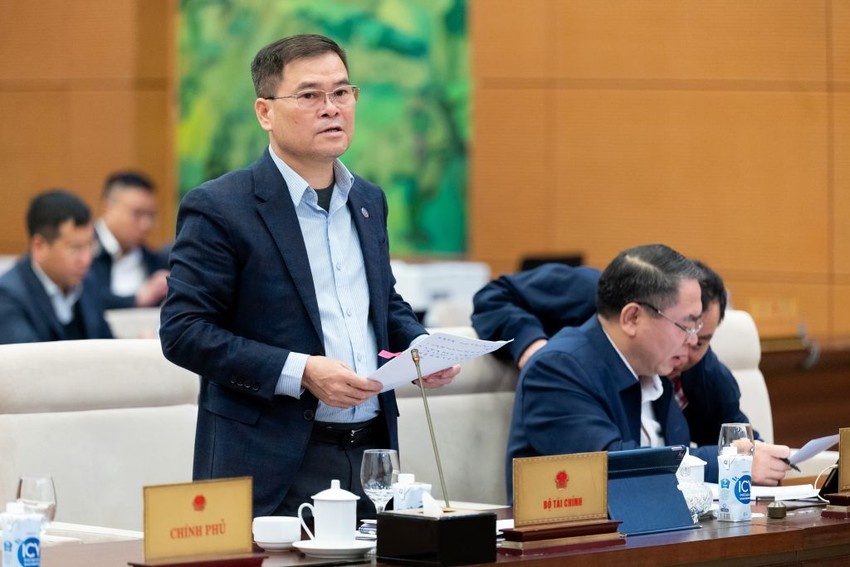
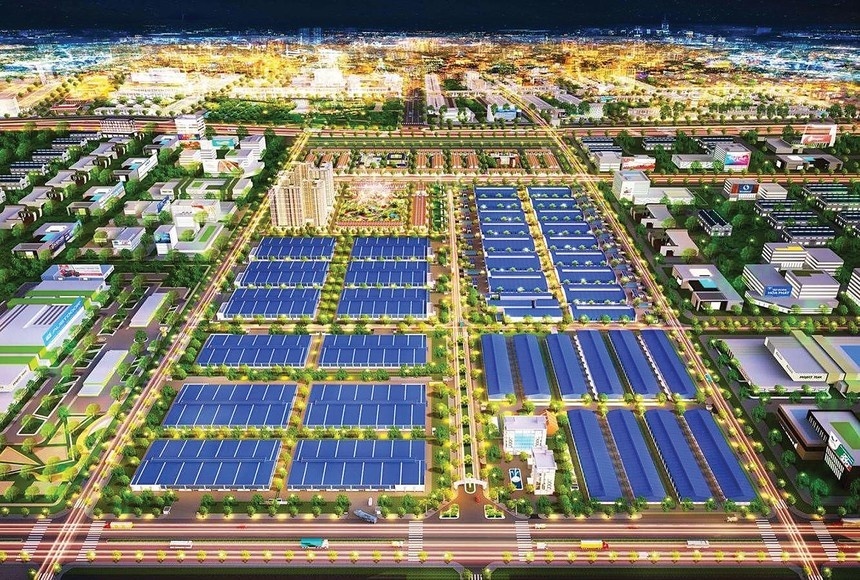





 Mobile Version
Mobile Version